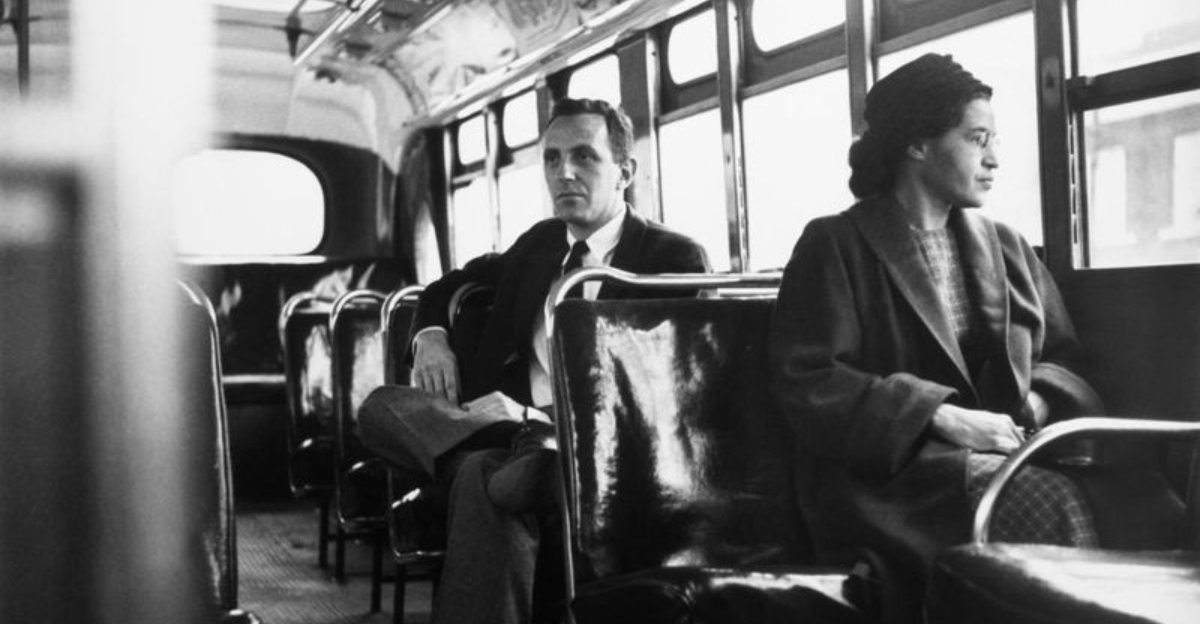25 Shocking Rules Black Women Had to Follow in the 1950s
The 1950s looked one way on TV, but the reality for Black women was something else entirely. Daily life was shaped by harsh rules that dictated everything from speech to movement. These weren’t just social expectations—they were lines you couldn’t cross without risking serious consequences.
Every interaction had to be measured, and every step was calculated. The weight of racism wasn’t abstract—it was built into the smallest details of everyday life. This is a glimpse into what it really meant to navigate that world as a Black woman.
1. Sit at the back of the bus
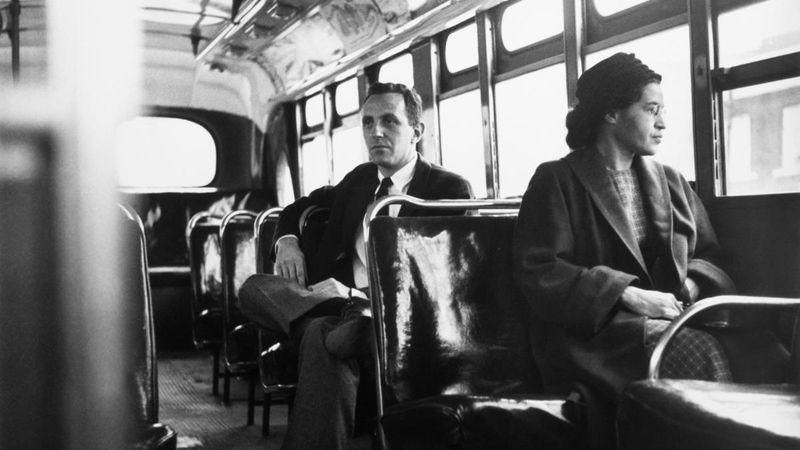
Imagine climbing onto a bus, knowing your place was at the back, far from choice seats. Life for women throughout history wasn’t easy, but this was a truly harsh reality for Black women in the 1950s. Riding the bus wasn’t merely about getting from point A to B; it was a daily reminder of systemic inequality.
The back seats carried the weight of unspoken rules and the quiet defiance of those who dared to resist. Each ride was a battlefield of emotions, mixing the humiliation of enforced segregation with the resilience required to face it every single day. Many women learned to carry themselves with dignity, even when the world refused them the same respect.
Recalling stories from my grandmother, I can almost hear the bus’s rattling, a backdrop to whispered dreams of equality. Yet, amidst the stifling atmosphere, there was an undercurrent of endurance, a shared understanding among those who were unjustly confined to the back.
2. Use “colored only” restrooms and water fountains
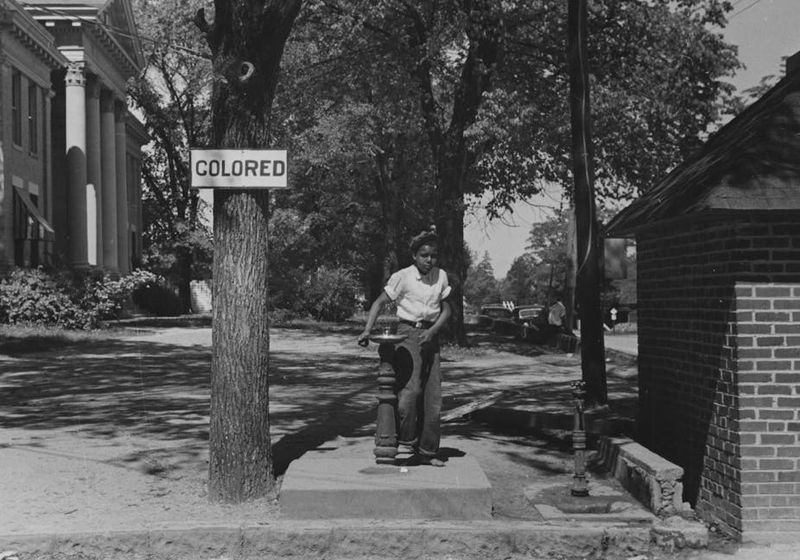
In a world where even the most basic human needs were segregated, using a “colored only” restroom or fountain was more than an inconvenience. It was a daily indignity that Black women were forced to endure. Picture standing in a line, thirsting for a drink, and knowing that you are not allowed to use the nearest fountain simply because of your skin color.
The anxiety of finding a restroom that you were permitted to use added to the psychological toll of segregation. A simple trip out of the house became a calculated maneuver around a system designed to exclude. Many women shared stories of their mothers, who faced these barriers with resilience.
The separation was a constant reminder that they were deemed less, not by their own worth, but by an unjust society. Each refusal at a “white only” facility was not merely a rejection of service, but of their humanity.
3. Attend segregated schools
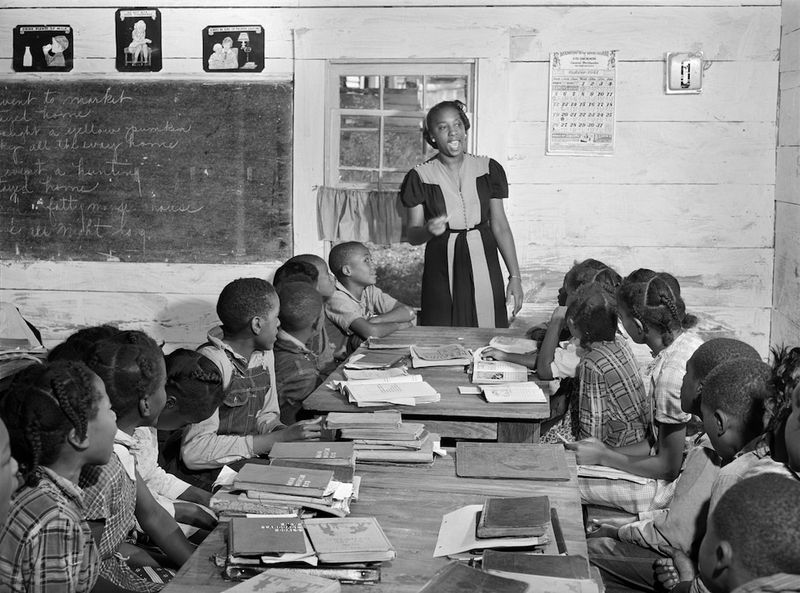
For Black girls in the 1950s, attending segregated schools was a stark introduction to racial inequality. These institutions, often underfunded and overcrowded, served as a constant reminder that society deemed them unworthy of the same education as their white peers. Classrooms lacked resources, teachers were overburdened, and the disparity in educational materials was glaring.
Amidst these challenges, a spirit of perseverance thrived. Teachers in these schools were often community pillars, nurturing students’ potential despite limitations. Many Black women recall the encouragement from their educators who, like them, understood the battle ahead.
The impact of segregated schooling was profound, shaping dreams and often limiting opportunities. Yet, with grit and determination, countless Black women overcame these barriers, pursuing education as a means of breaking the chains of segregation. Their stories remind us of the power of resilience and the ongoing fight for equality.
4. Enter establishments through the back door
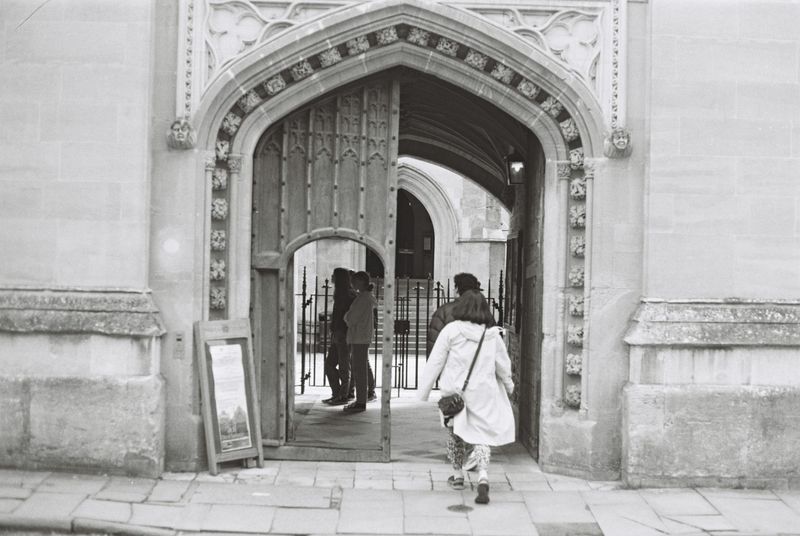
Being forced to enter through the back door of establishments was a daily indignity that chipped away at self-worth. It wasn’t just about access, but a symbolic gesture of exclusion. Imagine having to slip in unnoticed, as if your presence was something to hide. This rule was not just enforced by businesses but was ingrained in the social fabric.
Such acts subtly communicated that Black women were unwelcome in public spaces. The humiliation of stepping through a side door left a scar on the psyche, often met with silent resilience. The acts of quiet resistance, like taking a moment longer before entering, were ways to reclaim dignity in a world eager to strip it away.
In later years, those silent acts became louder. Black women went on to invent things without which modern life would be unimaginable. The back door was a gateway to both service and a reminder of an unjust hierarchy.
5. Avoid addressing white people by their first names
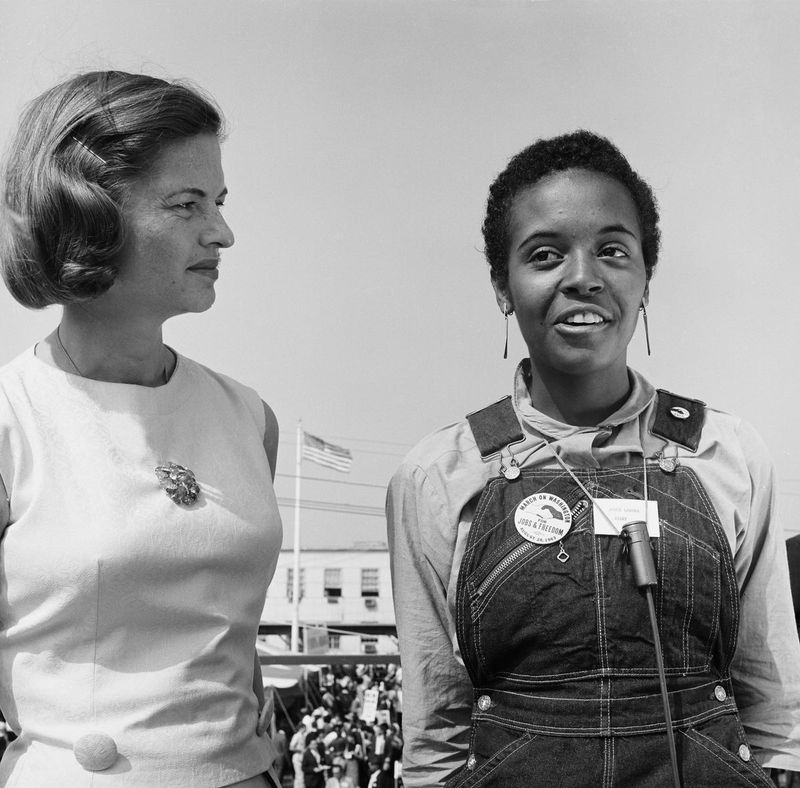
The simple act of addressing someone by their first name was laden with racial tension. For Black women, using first names with white individuals was often forbidden, a rule designed to maintain a rigid social hierarchy. Instead of fostering familiarity, interactions required formal titles, highlighting the power imbalance entrenched in every conversation.
This enforced “respect” wasn’t mutual; it was a tool of subjugation. Imagine the mental acrobatics required to navigate these unspoken laws, the careful selection of words to avoid unintended consequences. Many women shared stories of their mothers teaching them the importance of these titles to ensure safety.
The power dynamics played out in everyday exchanges, reinforcing a social order that marginalized Black voices. Yet in hushed tones and private spaces, names were reclaimed, celebrated as a small act of resistance against a world eager to diminish identity.
6. Use deferential titles like “ma’am” and “sir” regardless of age
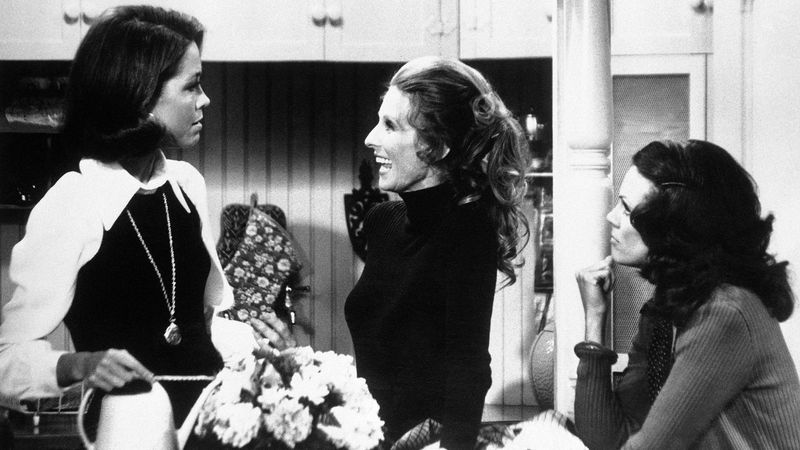
In the 1950s, Black women were expected to use deferential titles like “ma’am” and “sir” even for younger white individuals. This practice wasn’t about politeness; it was a societal demand that reinforced racial hierarchy. Imagine addressing a child with a title of respect, knowing it was another way to assert dominance over you.
Every interaction was a reminder of where one stood in the social order, and failing to adhere could have dire consequences. These exchanges were more than words; they were symbols of the imbalance that characterized daily life. Women often shared anecdotes of having to reinforce this practice to their children, ingraining it as a survival tool.
Despite its demeaning nature, many Black women carried this burden with grace. The knowledge that their worth extended far beyond these enforced niceties fueled quiet defiance and resilience, underlying the struggle for equality.
7. Avoid eye contact with white individuals
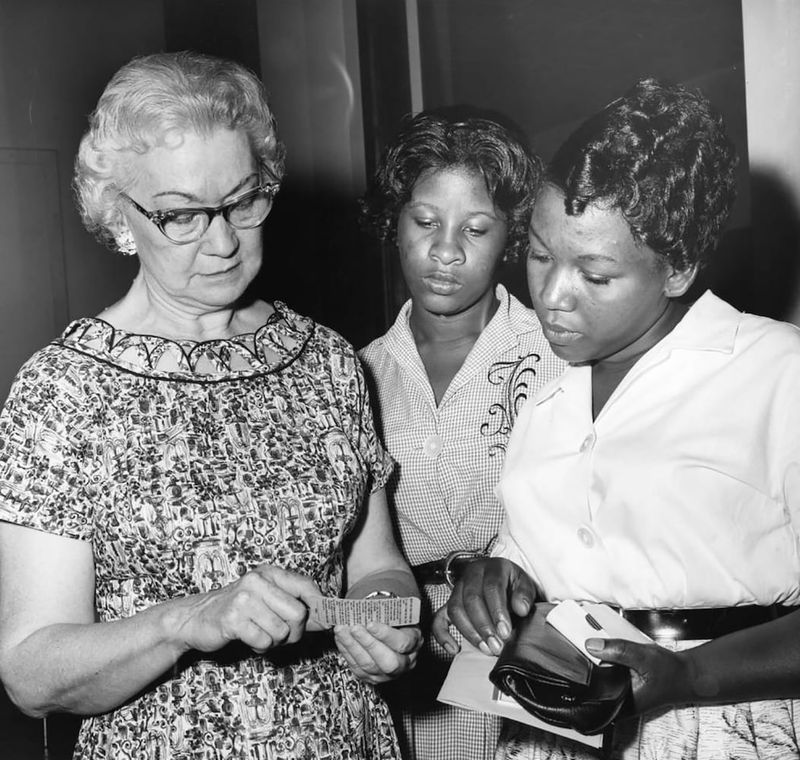
Avoiding eye contact with white individuals wasn’t just about manners; it was a survival tactic. In the 1950s, meeting a gaze could be perceived as a challenge, an act that carried the risk of violent repercussions. This rule was a constant reminder of a world where one had to tread carefully, forever conscious of the social hierarchy.
The act of looking away spoke volumes about the power dynamics imposed by segregation. It was a silent negotiation for safety, a sign of deference required to navigate public spaces. Many Black women recall their mothers’ warnings about the dangers of a direct glance, a legacy of caution passed down through generations.
Yet, behind the lowered eyes was a quiet strength, a form of self-preservation in the face of an oppressive society. This practice underscored the daily struggle to maintain dignity amidst systemic dehumanization, a testament to resilience.
8. Refrain from trying on clothes in white-owned stores
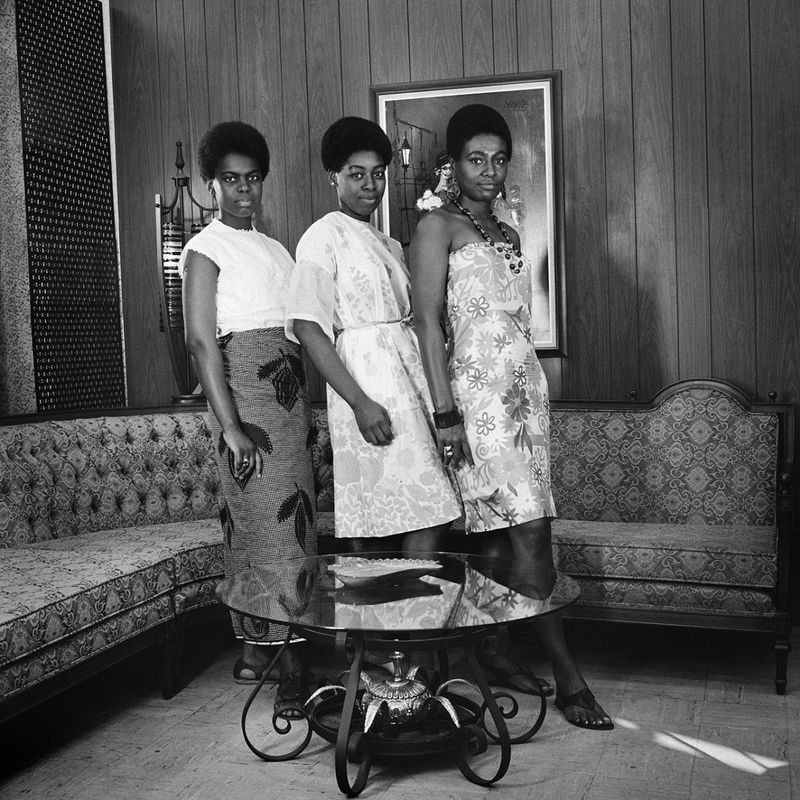
Shopping, an experience laden with personal expression and joy, was marred by the humiliation of racial discrimination for Black women in the 1950s. They were often prohibited from trying on clothes in white-owned stores, a rule that stripped away dignity and self-expression. Imagine sorting through racks, knowing you couldn’t confirm fit or comfort.
This restriction wasn’t just about clothing; it was a reminder of society’s refusal to acknowledge their agency. The inability to try before buying led to a frustrating guessing game, often resulting in ill-fitting purchases. My mother recalled tales of women helping each other with makeshift measurements, a communal act of defiance.
Despite these obstacles, they found ways to express individuality within the confines of systemic racism. This rule, while limiting, also fostered creativity and solidarity, as they navigated a landscape designed to exclude them from full participation in consumer culture.
9. Accept lower pay for the same work
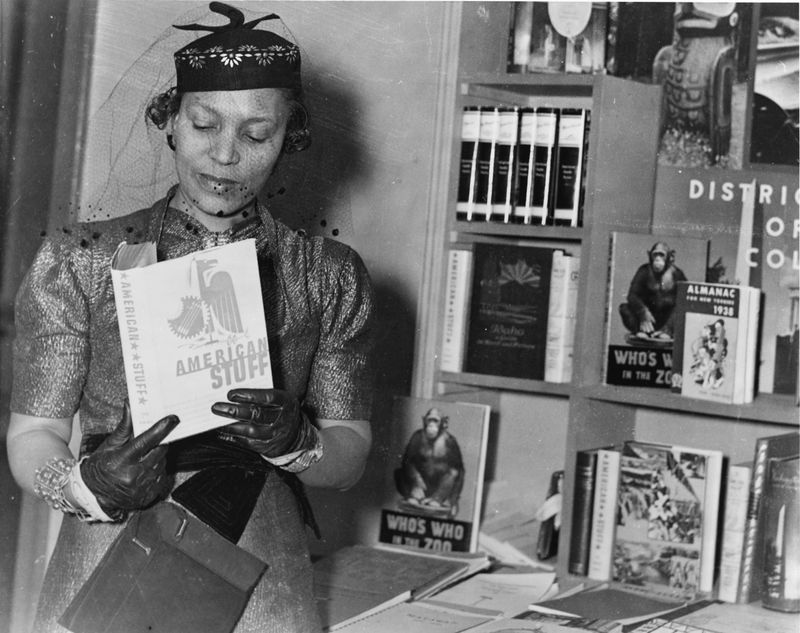
In the 1950s, wage disparities were a glaring injustice Black women faced, particularly in domestic and labor roles. They worked tirelessly, often under the scrutiny of white employers, yet were compensated far less than their white counterparts. This wasn’t merely about economics; it was a reflection of the pervasive racial and gender discrimination.
Imagine pouring your energy into a job, knowing your efforts were undervalued. Many Black women took pride in their work, yet the financial inequity was a constant source of frustration and struggle. Conversations around kitchen tables often centered on this imbalance, a shared grievance in many households.
Despite these challenges, they persevered, driven by the need to support families and communities. This chapter in labor history highlights a resilience that transcends paychecks, underscoring the enduring fight for fair wages and equality in the workforce that continues today.
10. Work primarily in domestic service or agriculture
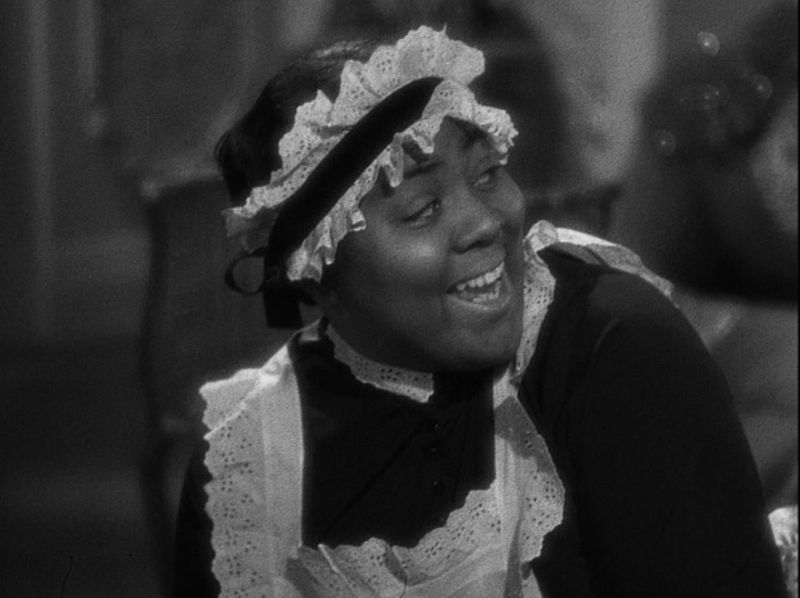
Black women in the 1950s were largely confined to jobs in domestic service or agriculture. These roles were not just jobs but a reflection of the restricted opportunities afforded to them. Picture a day filled with endless cooking, cleaning, or hard labor under the sun, with little recognition or reward.
These jobs, often physically demanding, were also emotionally taxing. The lack of job diversity meant many women had no choice but to accept roles that offered minimal pay and respect. My grandmother often recounted the exhaustion of returning home after hours of labor, yet there was a shared sense of community among those working these jobs.
Despite the limitations, these roles were crucial to the survival of many families. They highlight the intersection of race and gender in the labor market, a legacy of resilience that paved the way for future generations to break through these barriers.
11. Get permission to live in certain neighborhoods
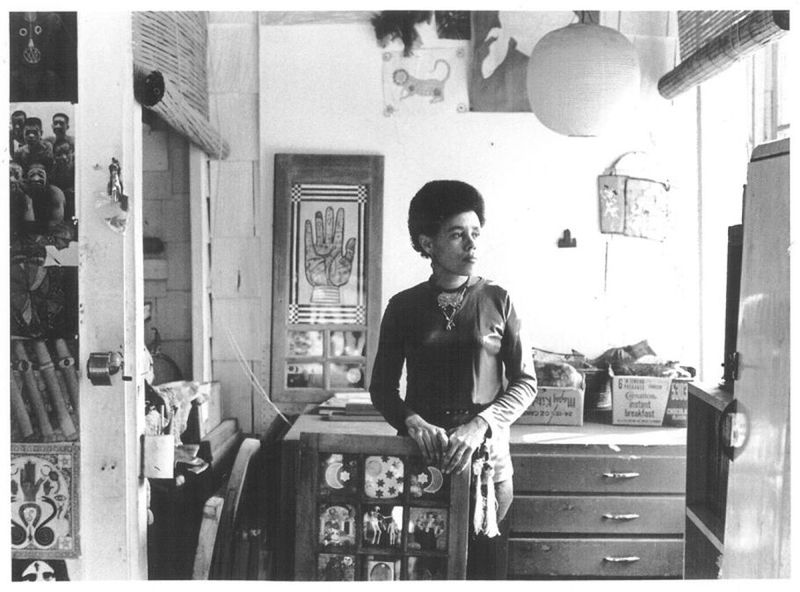
Housing discrimination was a harsh reality for Black families in the 1950s. Many neighborhoods imposed restrictions that required them to get permission to live in certain areas. This wasn’t just about finding a home; it was about battling a system designed to segregate and marginalize.
Imagine the anxiety of searching for a place to live, knowing rejections were often rooted in racial prejudice. Black women, especially, bore the burden of navigating this discriminatory housing market, often leading their families through these challenges. Stories of resourcefulness abound, with families pulling together to create vibrant communities within imposed boundaries.
The fight for fair housing was more than a personal struggle; it was a battle against systemic racism. Despite the odds, these families built homes filled with love and resilience, embodying the strength of a community determined to thrive against adversity.
12. Stay silent in the face of racism to avoid retaliation
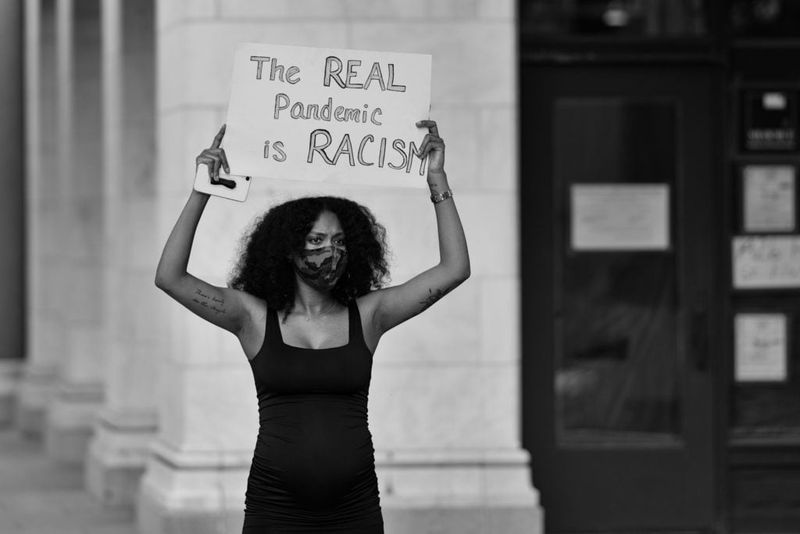
Silence was often a necessary survival tool for Black women in the 1950s, a way to navigate the constant barrage of racism and avoid retaliation. Keeping quiet was a strategic choice, not a sign of agreement, but of protecting oneself and loved ones in a hostile environment.
Imagine biting your tongue as insults fly, knowing a response could escalate a situation into danger. Many women learned to master the art of restraint, a heavy emotional labor that took its toll over time. This silence was a shield, albeit one that weighed heavily on the soul.
Despite the imposed quiet, there was an undercurrent of unyielding strength. Stories of stoic endurance, passed down through generations, speak to the resilience that carried these women through. Their silence was not passive but a powerful testament to their will to endure and resist in a world eager to silence them.
13. Raise white children while neglecting their own due to work demands
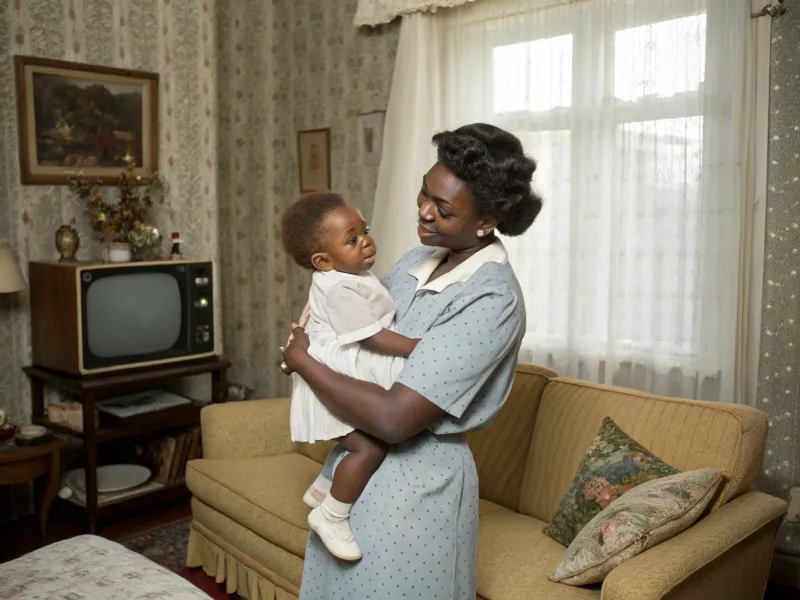
In the 1950s, many Black women worked as caregivers for white families, often at the expense of their own children. This dynamic was heartbreaking, as they poured love and care into raising someone else’s kids while their own families waited at home.
Imagine the emotional conflict of nurturing a child knowing your own needed you just as much. The divide was more than physical; it was a painful reminder of the sacrifices made to provide for their families. Stories from this era often reflect the bittersweet nature of these roles.
Yet, these women found ways to bridge the gap, infusing their work with pride and resilience. Despite the heartache, they built connections with the children they cared for, often forming bonds that transcended the racial divide. This role captured the complex interplay of love, duty, and sacrifice that defined their lives.
14. Dress modestly at all times to avoid being objectified
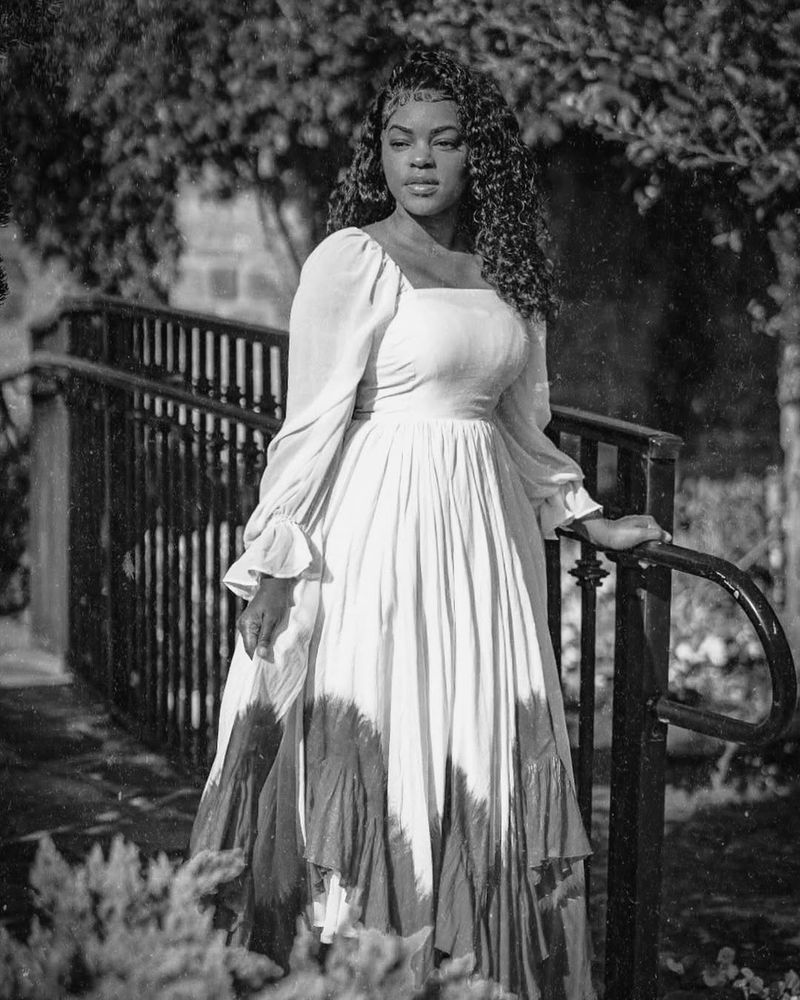
Black women in the 1950s faced the burden of dressing modestly to avoid being objectified, a stereotype rooted in racial and gender biases. Clothing choices were not just about fashion but survival, a way to combat pervasive stereotypes and judgment.
Every outfit was carefully chosen to project respectability, a shield against a society eager to misjudge. Imagine the thought that went into each garment, the mental gymnastics involved in navigating a world where appearance dictated perception. These choices were not just personal but a reflection of broader societal expectations.
And even, within these constraints, Black women found ways to express their identity and style. Their fashion was a form of silent rebellion, a statement of dignity and self-worth. This struggle was a testament to their resilience, a challenge met with grace and strength.
15. Avoid interracial relationships or risk violence

In the 1950s, interracial relationships were fraught with danger, particularly for Black women. Society viewed these unions with disdain, often resulting in violence or social ostracism. Imagine the fear of simply loving someone, knowing that others might resent and retaliate.
The risk was not just emotional but physical, as relationships across racial lines could provoke hostility and violence. Despite these dangers, love often found a way, with couples navigating the complexities of a divided world. Stories of courage and commitment from this time highlight the strength of love that defied societal norms.
These relationships were not just about romance but a challenge to the status quo. The struggle to maintain a bond amidst adversity underscored the deep-seated racial tensions of the era. Yet, amidst the fear, there was also hope—a hope for a world that accepted love without boundaries.
16. Maintain a “non-threatening” demeanor in public

Navigating public spaces required Black women in the 1950s to maintain a “non-threatening” demeanor. This wasn’t just about manners but survival, a way to avoid being perceived as “angry” or “aggressive.” Every movement and expression was consciously modulated to ensure safety.
This constant vigilance was exhausting, a mental and emotional burden carried daily. Imagine having to analyze every gesture, every word, to avoid unwanted attention or confrontation. This self-monitoring was not just a personal effort but a necessity ingrained from an early age.
Despite the pressure, many women carried this burden with grace, using it as a tool of resilience. Their ability to navigate these social dynamics was a testament to their strength and adaptability. This rule, though oppressive, highlighted their enduring spirit and the quiet defiance that fueled their fight for equality.
17. Remain seated or give up seats for white people in waiting rooms
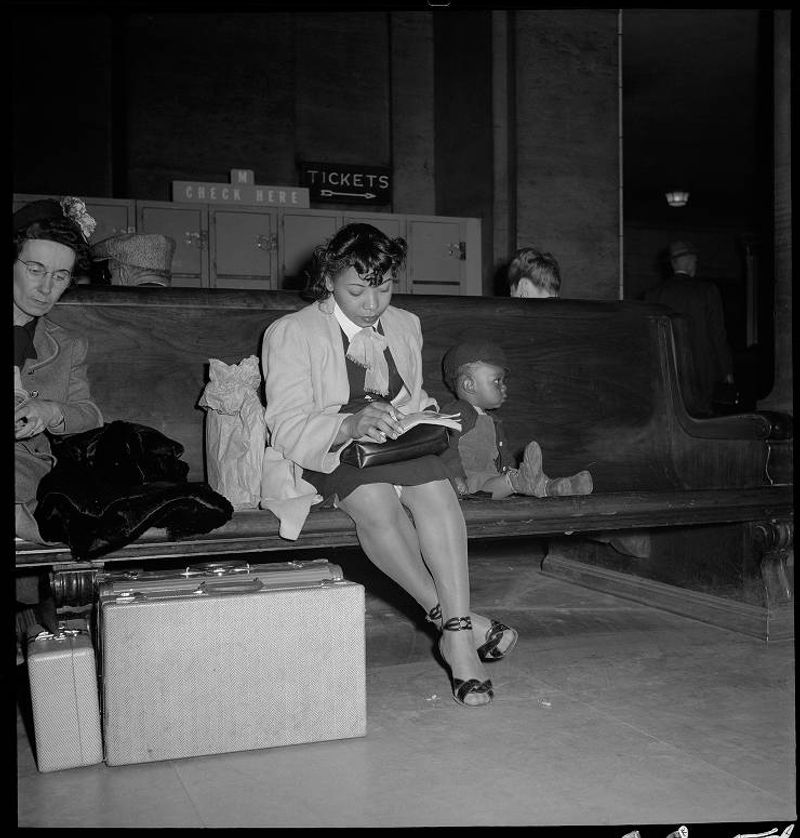
In waiting rooms, whether at a doctor’s office or bus station, Black women in the 1950s often had to remain seated or give up their seats for white individuals. This wasn’t just about seating arrangements but a microcosm of the broader racial inequality.
Imagine the internal conflict between politeness and the desire to assert dignity. Each instance of standing aside was a reminder of their place in the societal hierarchy. Yet, within these constraints, there were moments of quiet resistance, where maintaining one’s seat became an act of defiance.
This rule was not just about physical space but about asserting one’s right to exist in a world eager to confine. Despite the expectation to yield, many women stood their ground, embodying resilience in the face of systemic injustice. Their stories are a powerful reminder of the courage it took to navigate such daily indignities.
18. Use separate hospital wings or be denied proper medical care

Access to healthcare was another arena where racial segregation reared its ugly head. Black women often found themselves relegated to separate hospital wings or, worse, denied proper medical care altogether. This wasn’t just about physical separation but a reflection of the broader inequalities in health services.
Imagine waiting in a different wing, knowing that your care was considered secondary. The fear of inadequate treatment was a constant worry, and many turned to community networks to fill the gaps in medical care. Stories from this era recount tales of resourcefulness and mutual aid in the face of systemic neglect.
Despite these challenges, Black women navigated the healthcare system with resilience, advocating for their needs and those of their families. This fight for equitable treatment underscored the broader struggle for civil rights, highlighting the intersection of race and healthcare that persists even today.
19. Speak in “acceptable” dialects to avoid punishment or ridicule
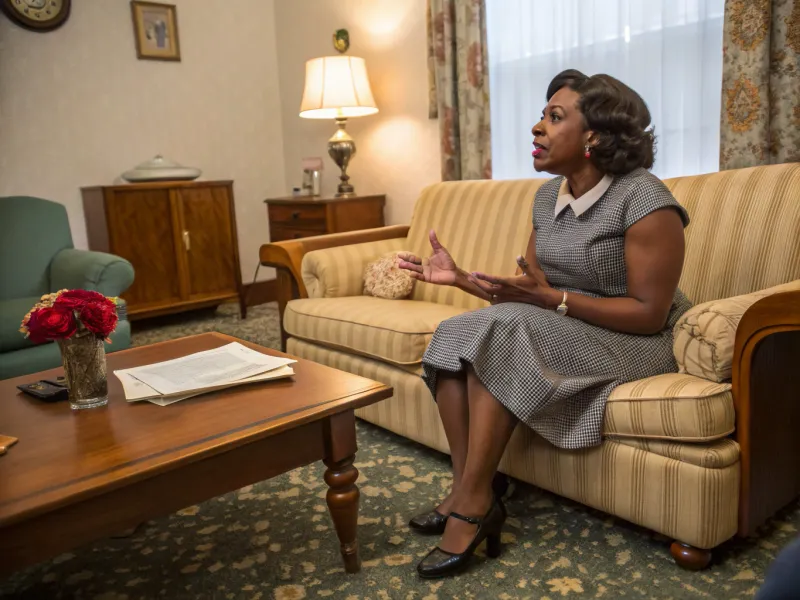
Language was a battlefield for Black women in the 1950s, who were expected to speak in “acceptable” dialects to avoid punishment or ridicule. The pressure to conform to a “proper” way of speaking was not just about communication but about acquiescing to a social order that policed identity.
Imagine constantly monitoring your speech, aware that deviation could lead to negative consequences. This expectation was a tool of control, a way to enforce racial and class norms that marginalized Black voices. My mother often spoke of the effort it took to navigate these linguistic expectations.
Yet, despite these pressures, many women found power in their voice, using language as a form of resistance and identity. They navigated these norms with resilience, highlighting the ongoing struggle for linguistic freedom and self-expression in a world eager to silence them.
20. Seek approval or supervision to register to vote
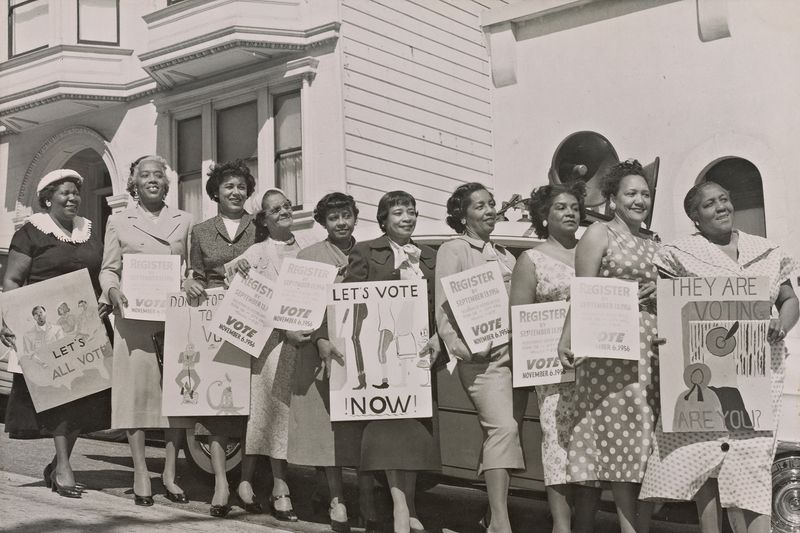
The right to vote was a hard-won battle, and Black women in the 1950s faced numerous obstacles in exercising this right. The process was fraught with challenges, often requiring them to seek approval or supervision to register, a tactic to suppress their electoral voice.
Imagine the frustration of facing these barriers, knowing your participation in democracy was deliberately hindered. The hoops they jumped through were not just bureaucratic but deeply personal, an affront to their dignity and agency. Many stories from this era recount the resilience and determination required to overcome these obstacles.
Despite the systemic efforts to silence them, Black women persevered, often leading grassroots efforts to secure voting rights. Their courage and tenacity laid the groundwork for future generations, a testament to their unyielding commitment to justice and equality in the face of adversity.
21. Avoid participating in political activism openly
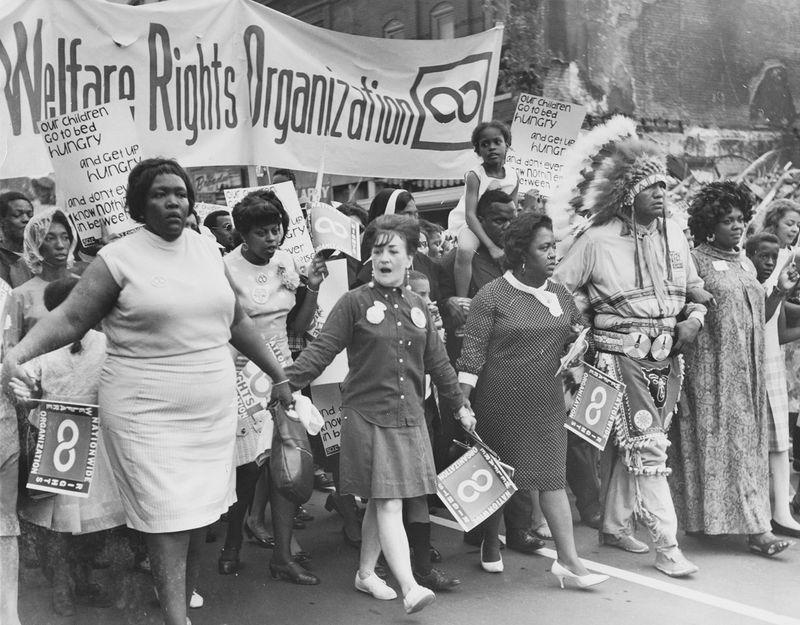
For Black women in the 1950s, political activism was fraught with danger. The risks of organizing, protesting, or even speaking out were immense, with repercussions that could affect jobs, safety, and community standing. This wasn’t just about activism; it was about survival.
Imagine the courage required to attend a meeting, knowing the potential consequences. Many women chose to work behind the scenes, quietly advancing the cause while minimizing exposure to risk. Stories of quiet bravery highlight the intricate balance they maintained between advocacy and safety.
Only in the 70s did the life realities for black women begin to change. Yet, despite the dangers, their contributions were invaluable, helping to propel the civil rights movement forward. This era underscores the complex interplay of fear and courage, illustrating the powerful role Black women played in shaping history even when the spotlight was elsewhere.
22. Refrain from entering certain restaurants or venues
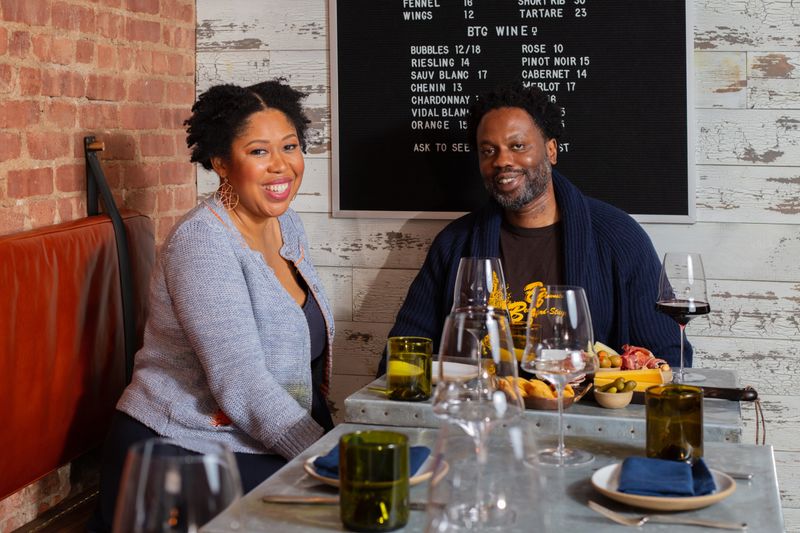
The sting of exclusion was palpable for Black women in the 1950s, who were barred from entering certain restaurants and venues. This wasn’t just about access to dining or entertainment but a symbol of systemic racism that permeated every aspect of public life.
Imagine standing outside a restaurant, knowing your presence was unwelcome, not for who you are but for what you represented in a segregated society. Many women found alternative venues, creating vibrant spaces where Black culture could flourish despite exclusion.
These restrictions fueled creativity and community, fostering a sense of solidarity among those marginalized. Despite the barriers, Black women carved out spaces of joy and resilience, a testament to their enduring spirit and the power of collective resistance against an oppressive system.
23. Submit to unfair treatment by law enforcement without protest
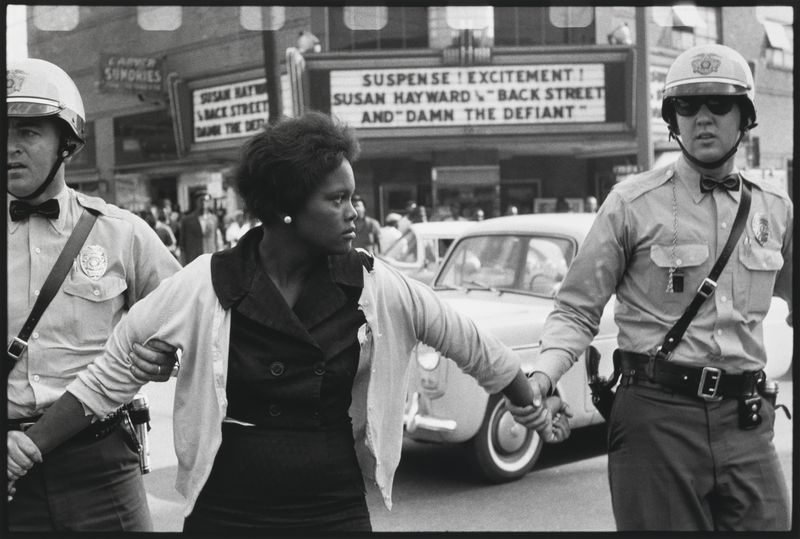
Encounters with law enforcement were fraught with danger for Black women in the 1950s, where submitting to unfair treatment without protest was often a matter of survival. Police interactions were laden with racial tension, and resistance could escalate to violence or arrest.
Imagine the fear and frustration of facing unjust treatment, knowing silence was often the safer path. This wasn’t about acquiescence but a calculated decision to protect oneself and loved ones from further harm. Many women shared stories of enduring such encounters with quiet dignity.
Despite the fear, their resilience shone through, embodying a strength that defied their circumstances. These experiences highlight the ongoing struggle against systemic injustice, a battle that continues as communities fight for equitable treatment and respect under the law.
24. Avoid walking alone in white neighborhoods
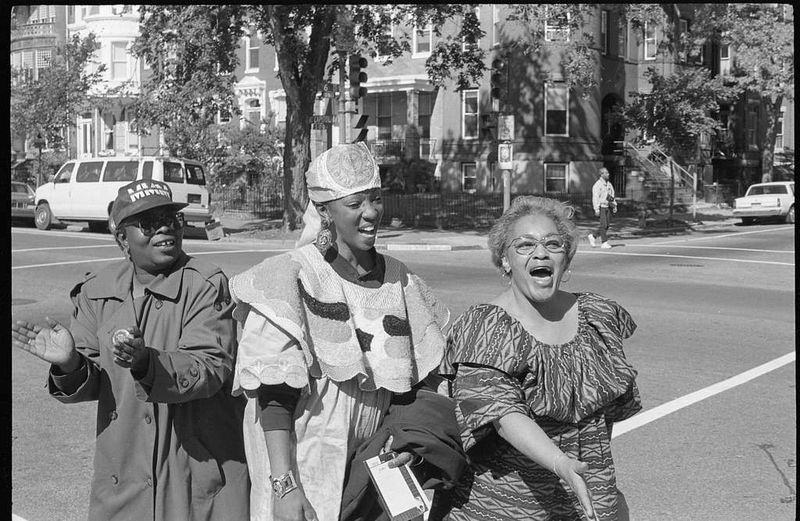
Walking alone in white neighborhoods was a risk many Black women in the 1950s couldn’t afford to take. These spaces were fraught with invisible boundaries, where their presence was often met with suspicion or hostility. This rule wasn’t just about geography but about maintaining a racial divide.
Imagine the tension of crossing a street, aware that a simple walk could lead to dangerous encounters. Many women learned to navigate these boundaries, often opting for safer, though longer, routes. Stories of these journeys are filled with a mix of anxiety and determination.
Despite the risks, some ventured into these spaces out of necessity, illustrating the courage it took to challenge societal norms. These acts underscored the broader struggle for freedom of movement and the right to exist without fear, a battle that resonates in the ongoing fight for racial equality.
25. Be constantly aware of their place in the social hierarchy
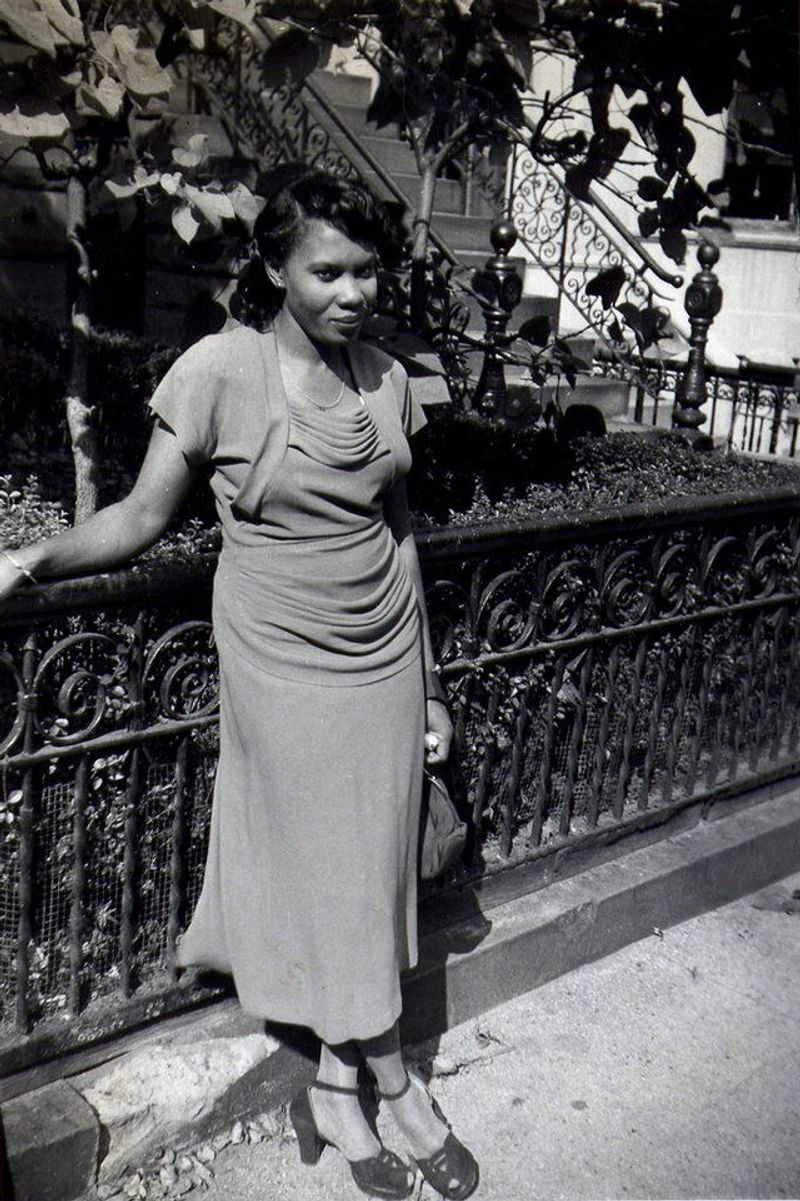
In a world defined by racial segregation, Black women in the 1950s were constantly reminded of their place in the social hierarchy. This awareness was not just a mental exercise but a survival skill, a necessary adaptation to navigate an oppressive society.
Imagine the constant calculations required to assess one’s position, behavior, and safety. Every interaction, from casual exchanges to public appearances, was filtered through the lens of racial dynamics. This hyper-awareness was both exhausting and essential.
Yet, even within these confines, Black women found ways to assert their identity and strength. Their resilience and adaptability underscored the enduring fight for equality, a testament to their unyielding spirit in the face of systemic oppression. This rule ties together the broader narrative of resistance and the ongoing struggle for justice and dignity.

